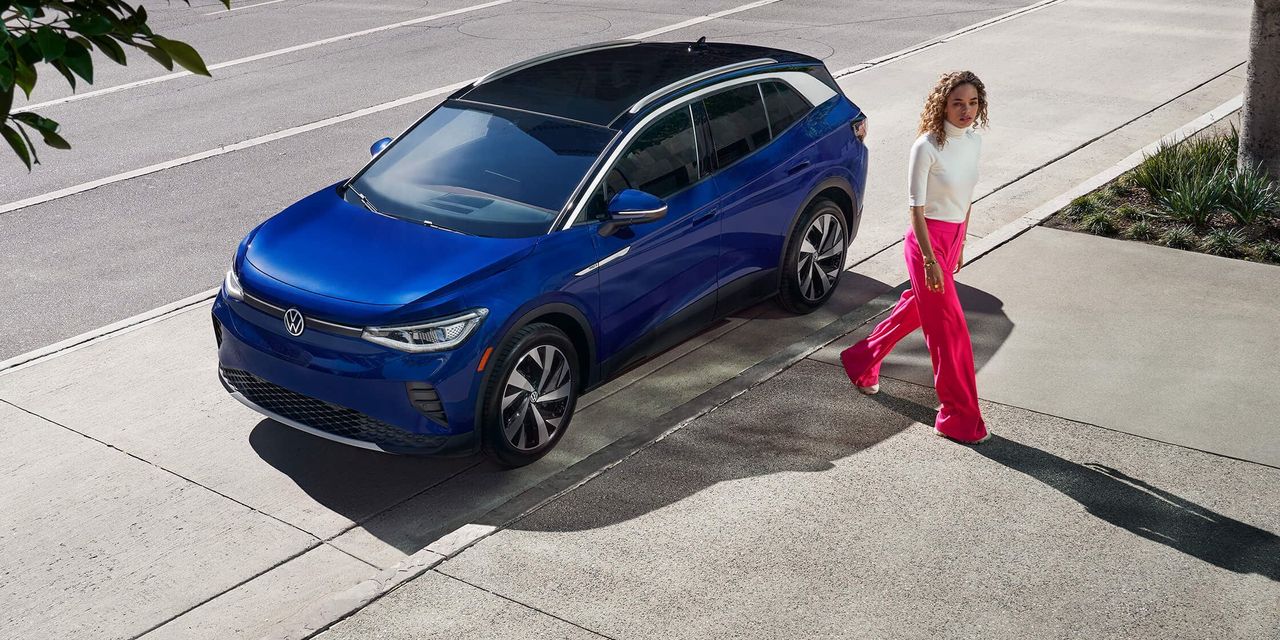If you’ve been considering purchasing a new electric vehicle, you’re undoubtedly aware of the shifting financial and political landscape of pricing and incentives. And if you’re not, you should be… and I’m here to help navigate.
Instead of looking to purchase, the time is right to lease a new EV.
Why is now the time to lease an EV?
It’s always nice to be able to make payments toward owning your vehicle outright. However, the recent changes to federal tax credits for EVs have created a situation where leasing might be the better option. That’s because you open yourself to a greater range of vehicles still qualifying for tax credits. These credits can better affect your actual monthly payment instead of simply serving as a means to reduce your tax liability in a given year.
Sound confusing? Somewhat, but it’s all simple.
Plus: As Chevy nixes its Bolt EVs, there’s just one electric car for under $30K
What qualifies an EV for a tax credit?
Under the current rules of the Inflation Reduction Act, as it pertains to acquiring a new electric vehicle, for a vehicle to be eligible for the max $7,500 tax credit, it needs to undergo final assembly in North America. Fifty percent of the value of the battery components must be produced or assembled in North America. Forty percent of the value of the critical minerals sourced for the battery need to come from the U.S. or one of our free trade partners.
Finally, the manufacturer’s suggested retail price (MSRP) for vans, SUVs, or trucks has to be under $80,000 and under $55,000 for other vehicles. Income limits also apply.
Which electric vehicles qualify for tax credits?
The Cadillac Lyriq, Chevy Blazer, Bolt, Bolt EUV, Equinox, and Silverado, the Ford
F,
F-150 Lightning, the Tesla
TSLA,
Model 3 Performance, Model Y AWD, Model Y AWD Long Range, Model Y Performance, and then the various trims of the Volkswagen ID.4.
See: EVs that qualify for the up to $7,500 tax credit or partial credit
Some vehicles still qualify for the $3,750 partial credit, including the Ford E-Transit and Mustang Mach-E, the Rivian
RIVN,
R1S and R1T, and the Tesla Model 3 AWD Long Range or RWD Standard Range. A few plug-in hybrid vehicles (PHEVs) also qualify for full or partial credit, but I’m just listing pure battery-electric vehicles (BEVs) right now.
Learn more: What is EV, BEV, HEV, PHEV? Here’s your guide to types of electric cars
As you can see, a good handful of models qualify for tax credits. But that list leaves off tons of otherwise great EV options. For example, you don’t get a credit if you buy the Hyundai Ioniq 5 or the Kia EV6. The list does not include any Mercedes-Benz EQ models, none of the upper-rung Tesla models, nor any Audi or Porsche
POAHY,
models.
What do tax credits mean for EV leases?
The way the Inflation Reduction Act is written, a leased vehicle qualifies for the tax credit. It’s considered commercial because you’re technically renting your vehicle from the bank that owns it during your lease period. So, the bank will get the lease credit. Automakers are using this indirectly to lower your lease payment.
Since a new vehicle lease typically considers the automaker’s finance arm as the vehicle owner, the finance arm can direct the tax credit to the lease. This lowers the lease’s cost and lowers your monthly payment. It’s almost like you put $7,500 down right off the top.
The credit maxes out at $7,500 for vehicles under 14,000 lbs, which we’re dealing with here…even on the insane 9,000-pound GMC Hummer EV.
Automakers use this creative financing to create more attractive EV leasing deals, even for EVs that don’t qualify under the purchase rules.
Don’t miss: ‘A used-car factory shutdown’: How the used-car market could get worse for buyers and what could reverse that pattern
Now’s the time to dig deeper and find automakers ready to dole out the lease deals. And another good news is that since this tech is improving reasonably quickly, you’ll be prepared for enhanced models as they come online two and three years later.
This story originally ran on Autotrader.com.
Read the full article here












